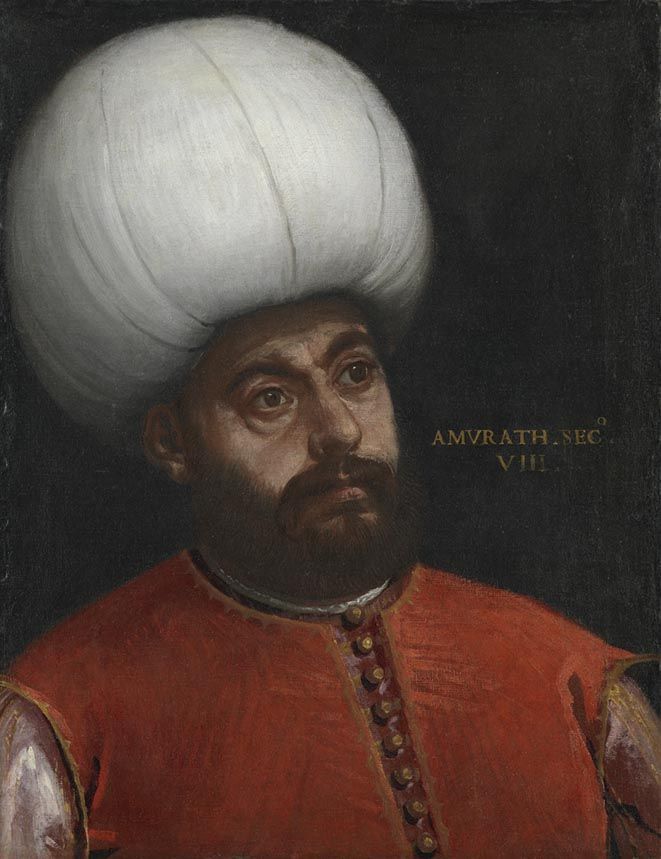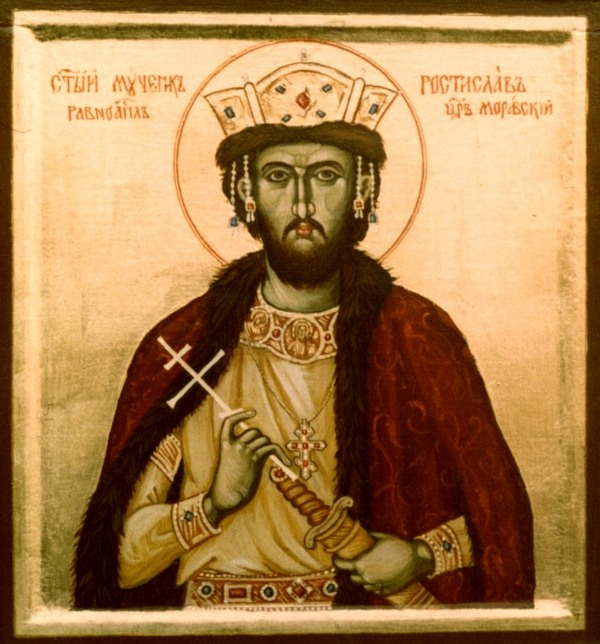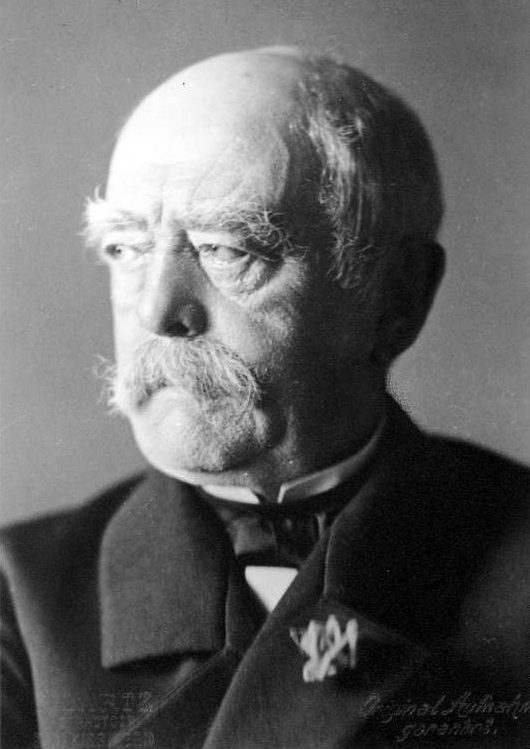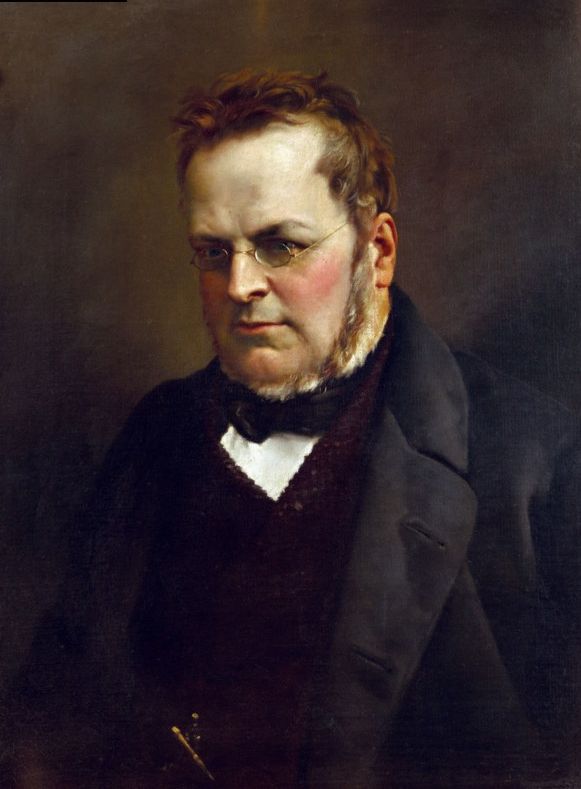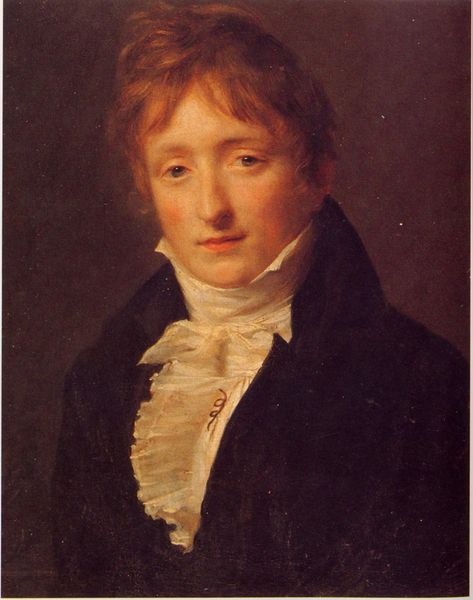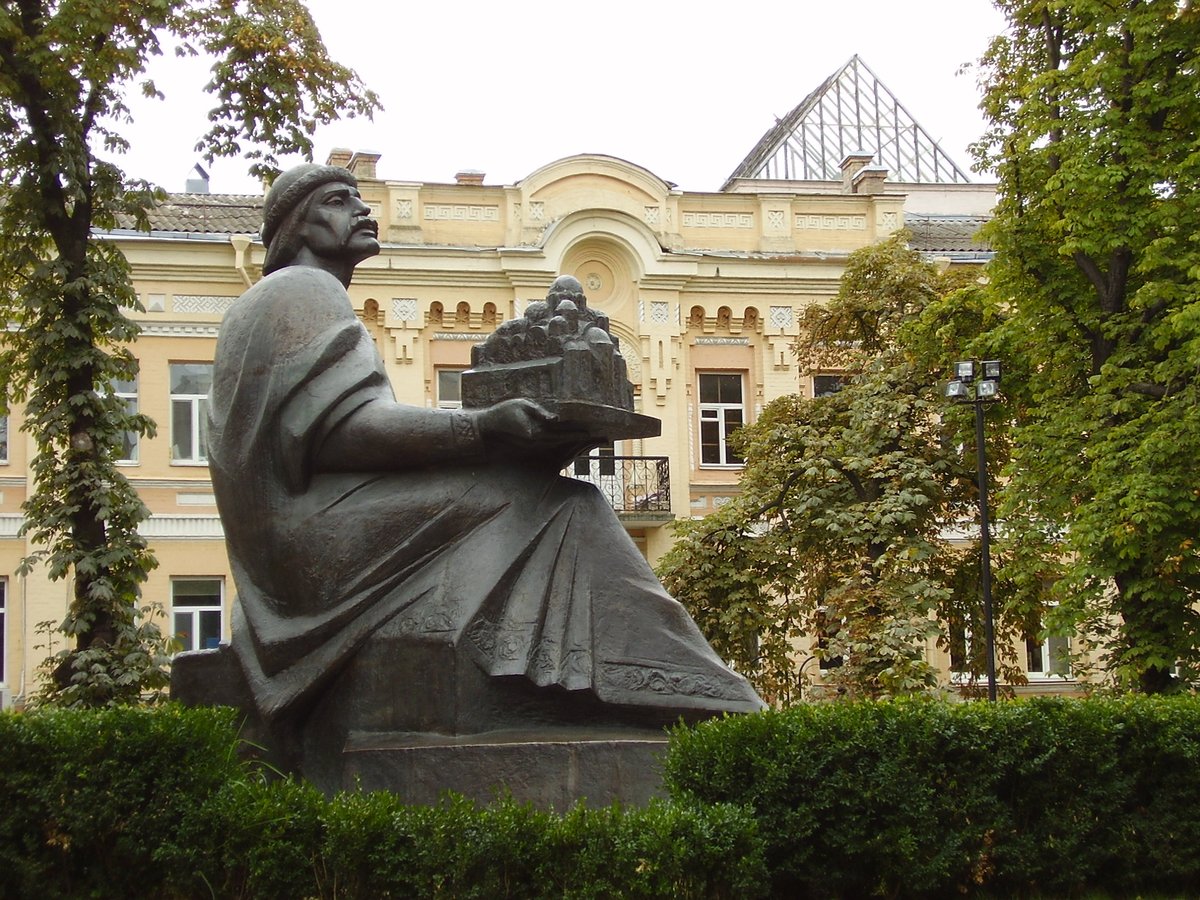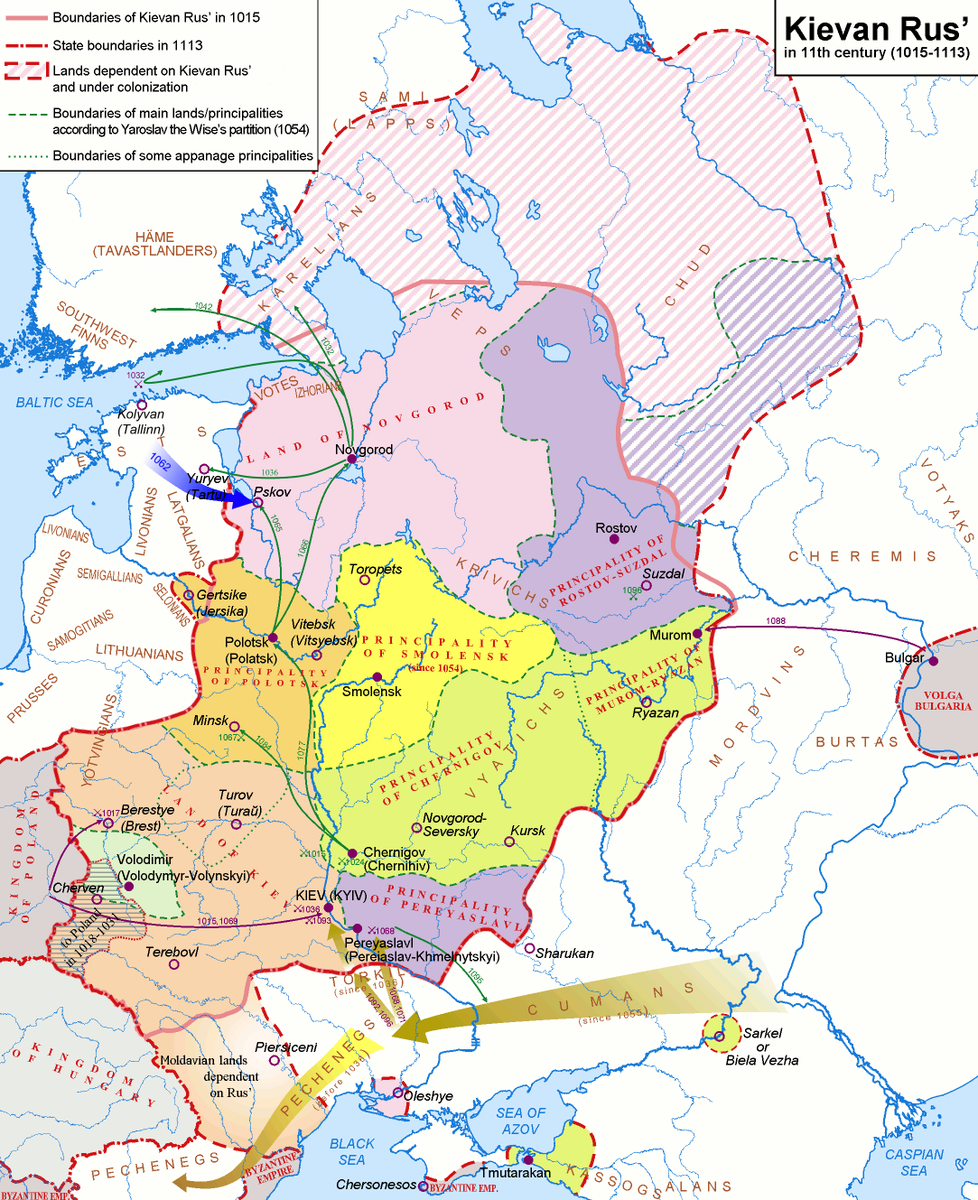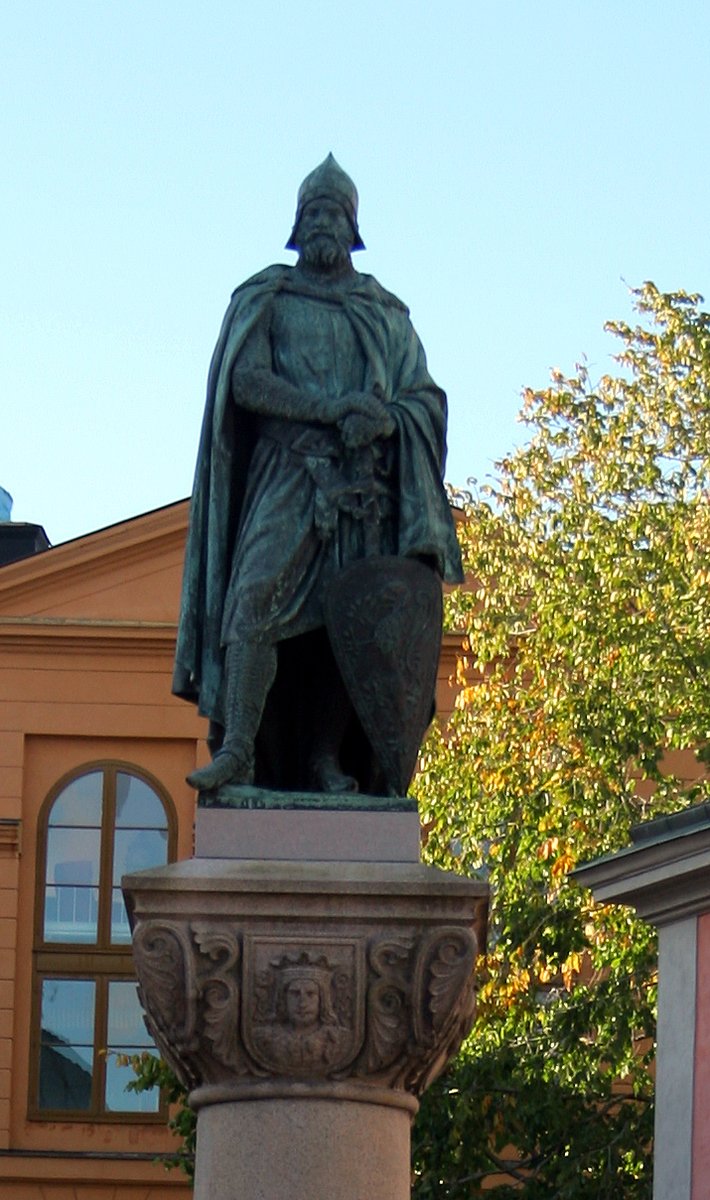A young Prince on the throne, age 2, with fight for regency,
A defeated King, routed in battle and still surrounded by enemies and,
Emerging victorious in the end.
Story in the evening ...
A defeated King, routed in battle and still surrounded by enemies and,
Emerging victorious in the end.
Story in the evening ...
https://twitter.com/Arby_K/status/1391943879180492802
Alfonso de Castilla was born in 1155 to Prince Sancho de Castilla and Princess Blanca de Navarra. His paternal grandfather, Alfonso, was the King of León, Galicia, Castile and Toledo, while his maternal grandfather, Garcia, was the King of Navarre. 1/10 

When King Alfonso died in 1157, the elder Sancho received Castile & Toledo, while his younger brother, Fernando, received León & Galicia. Despite the dynastic connections of the Christian nations in the north of the Iberian peninsula, it was still dominated by the Almohads. 2/10 

King Sancho died in 1158 and Alfonso succeeded his father at the age of two. His uncle, Fernando, pushed his claim for the throne, but was kept at bay. There was also a fight over regency by the noble families, further threatening the stability of the Kingdoms. 3/10 

King Alfonso finally had his uncle, King Fernando, as regent till 1169. The young King also had to fend off another uncle, King Sancho of Navarre, from seizing his land. A marital alliance with England, who controlled the land north of Navarre, prevented a long term seizure. 4/10 

In 1179, King Alfonso confirmed an alliance with neighbouring Aragon, making a pact to mark zones for conquest in Almohad ruled Iberia. King Alfonso of Aragon was a first cousin of his father's. His fight with León remained though, now ruled by his cousin, King Alfonso. 5/10 

An invasion of Almohad controlled Sevilla in 1194 led to a counter invasion by the Almohad ruler, Abū Yūsuf Yaʿqūb. Alfonso was defeated at Alarcos. Broken, Castile had to face another invasion - from León and Navarre. But that was warded off with Aragon's help. 6/10 

Alfonso eventually made peace with León by marrying his daughter, Berenguela, to his cousin in 1197. But it also meant territorial concessions as well. Almohad had control almost till Toledo, but Abū Yūsuf Yaʿqūb died in 1199. 7/10 

The defeat at Alarcos helped Alfonso rally the Christian Kingdoms in Iberia towards a joint effort. The Pope led the war cry leading to French knights and the Knights Templar heading for Toledo. Alfonso also got support from Aragon and soldiers from Portugal and León. 8/10 

In 1212, King Alfonso was joined by his cousin, King Sancho of Navarre and his second cousin, King Pedro of Aragon, as they marched into Andalusia against the Almohads at Las Navas de Tolosa. Reversing the defeat of 1195, they broke the Almohad control over Southern Iberia. 9/10 

The defeat accelerated the fall of Almohads. Alfonso's grandson, Fernando, reunited León, Galicia, Castile & Toledo under one ruler and conquered most of the Almohad territory in Iberia, capturing Córdoba (1236) and Sevilla (1248), leaving behind a rump state of Granada. 10/10 

• • •
Missing some Tweet in this thread? You can try to
force a refresh


